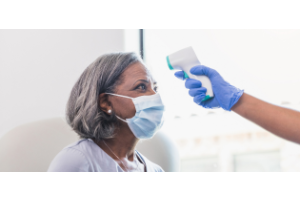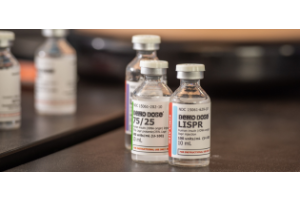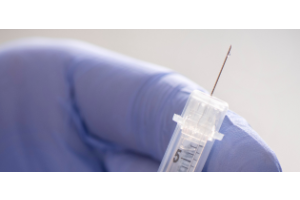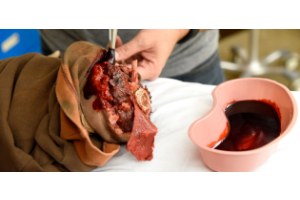Patient care
-
- May 18, 2025
What types of products are used to teach ostomy care?
Teaching ostomy care involves a mix of real and simulated products to help learners become comfortable with handling ostomies. Here are the common types of products used in training:
1. Ostomy Training Manikins & Models
- Manikins with stoma models: These are life-size or partial-body models with one or more stomas (colostomy, ileostomy, urostomy) to simulate real-life care.
- Wearable simulators: Some are designed to be worn by standardized participants (actors) to mimic real ostomy situations.
2. Ostomy Appliances
- Pouching systems:
- One-piece and two-piece systems (both drainable and closed end)
- Skin barriers and flange systems
- Adhesive rings or wafers
3. Stoma Care Supplies
- Cleansing wipes and skin prep products
- Barrier pastes, powders, and sprays
- Deodorizing products
- Measuring guides (to size the stoma and cut pouches appropriately)
- Scissors and application tools
4. Educational Kits and Sample Packs
- Often provided by manufacturers








Validate your login
Log In
Create New Account